


Cusco , Machu Picchu , Sacred Valley , Puno , Uyuni , La Paz .

Cusco , Machu Picchu , Sacred Valley , Rainbow Mountain , Lima , Arequipa , Puno .

Cusco , Machu Picchu , Sacred Valley , Rainbow Mountain , Buenos Aires , Iguazu Falls , Patagonia , Ushuaia , Amazon .

Cusco , Machu Picchu , Sacred Valley , Rainbow Mountain , Lima , Galapagos Islands , Quito .
_1703626361.png)
Cusco , Machu Picchu , Sacred Valley , Rainbow Mountain , Lima , Puno .
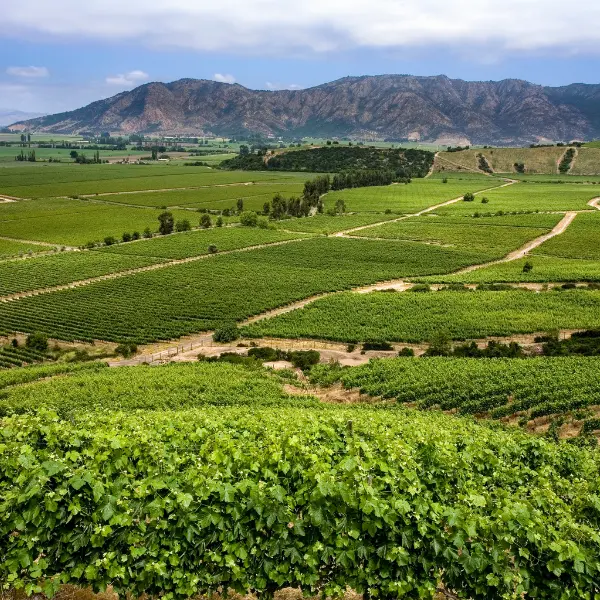
Cusco , Machu Picchu , Sacred Valley , Lima , Santiago .
_1703626901.png)
Cusco , Machu Picchu , Sacred Valley , Rainbow Mountain , Lima , Puno .
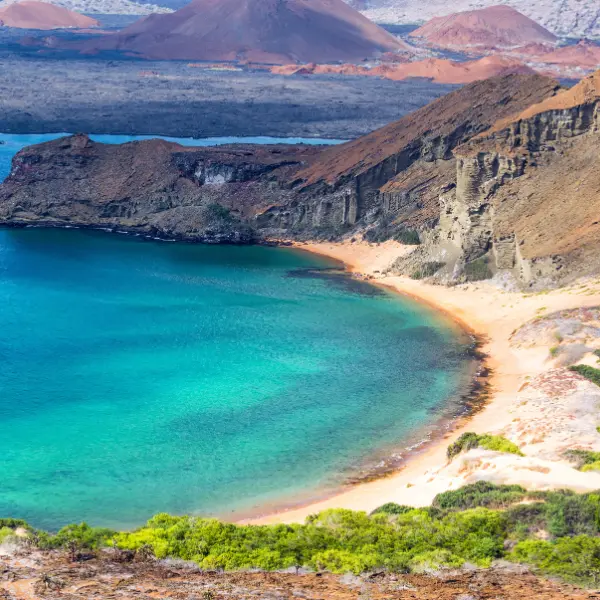
Cusco , Machu Picchu , Sacred Valley , Lima , Galapagos Islands .
_1703626463.png)
Cusco , Machu Picchu , Sacred Valley , Rainbow Mountain , Lima , Amazon .
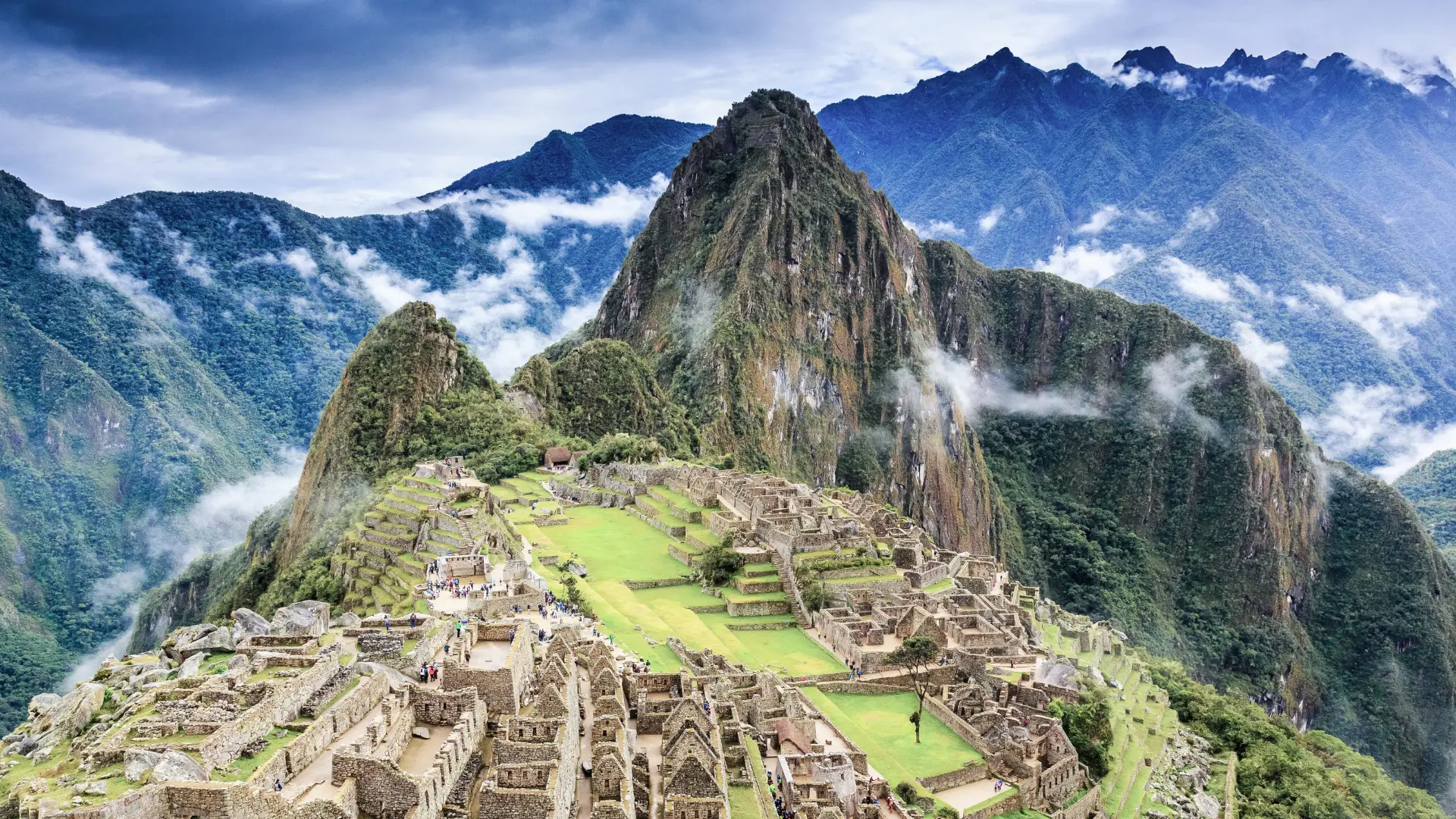
Cusco , Machu Picchu , Sacred Valley , Lima , Arequipa , Puno .

Cusco , Machu Picchu , Sacred Valley , Lima , Puno , Uyuni , La Paz .
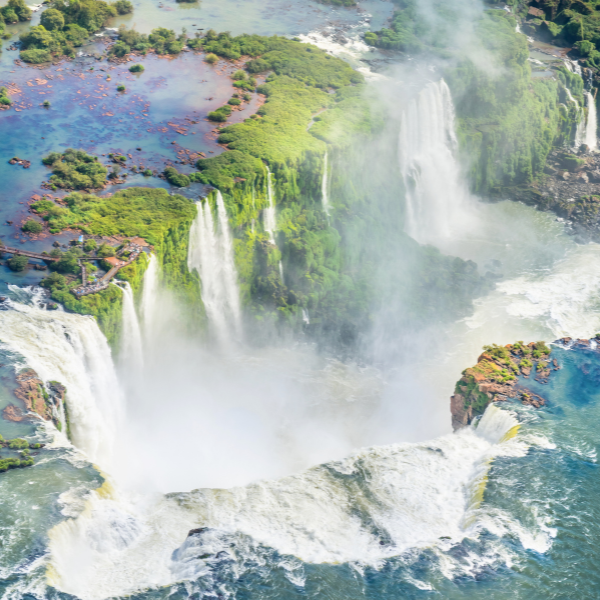
Cusco , Machu Picchu , Sacred Valley , Buenos Aires , Iguazu Falls , Rio de Janeiro .
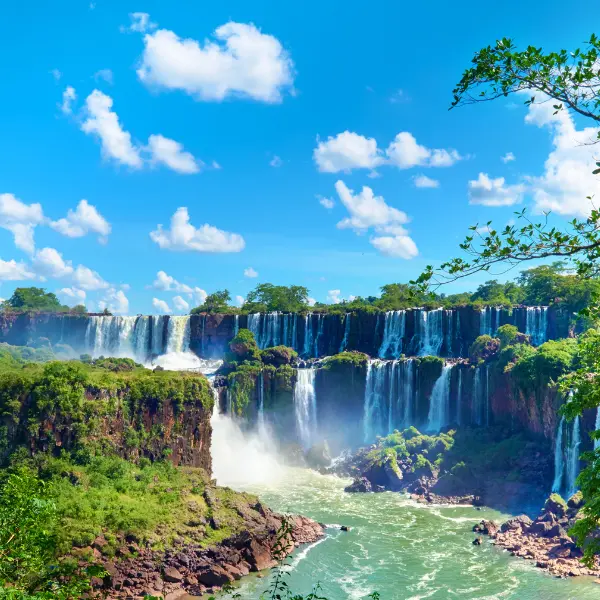
Cusco , Machu Picchu , Sacred Valley , Lima , Iguazu Falls , Rio de Janeiro , Amazon .
_1699898031.png)
Cusco , Machu Picchu , Sacred Valley , Rainbow Mountain , Lima , Buenos Aires , Iguazu Falls , Rio de Janeiro , Patagonia , Argentina , Amazon , Perito Moreno , Calafate .
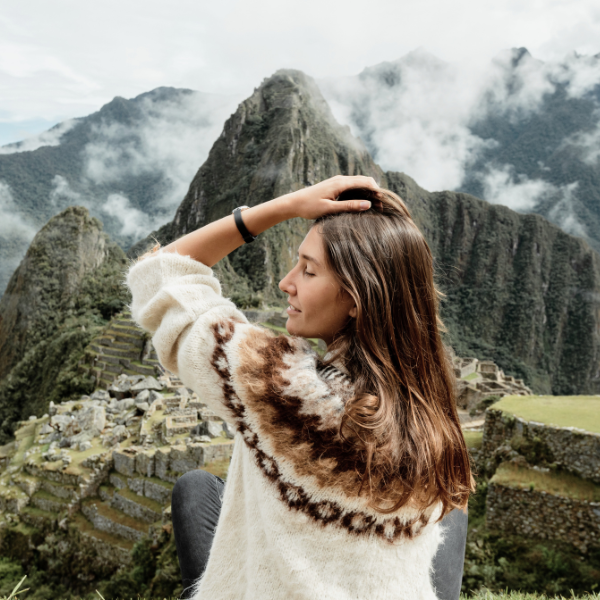
Cusco , Machu Picchu , Sacred Valley , Rainbow Mountain .
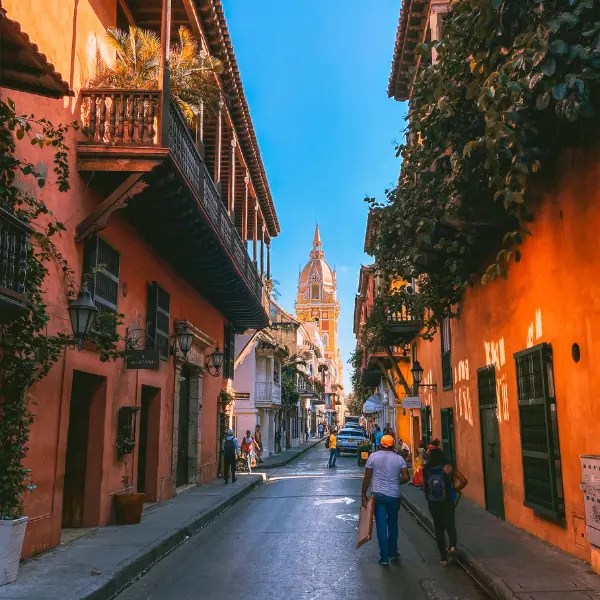
Cusco , Machu Picchu , Sacred Valley , Lima , Cartagena , Bogota .
The best time to visit the Sacred Valley of the Incas is during the dry season, from April to October, when the days are sunny, the skies are clear, and the landscapes are painted with vibrant colors. This period allows travelers to explore the archaeological sites, hike the surrounding mountains, and experience local markets without the interruption of heavy rains. The cooler nights add to the charm, making it ideal for travelers who want to combine cultural experiences with outdoor adventures.
Among the most popular tours in the Sacred Valley are visits to the archaeological complexes of Pisac, Ollantaytambo, and Chinchero, each offering unique insights into Inca engineering and culture. Many itineraries also include a stop at Maras, famous for its salt mines, and Moray, an ancient agricultural laboratory. For those seeking a more immersive experience, tours to traditional communities showcase Andean weaving techniques and agricultural practices passed down through generations.
There are countless things to do in the Sacred Valley, from exploring ancient ruins to shopping in colorful markets filled with textiles, ceramics, and handicrafts. Adventure enthusiasts can enjoy activities like rafting on the Urubamba River, biking along scenic trails, or hiking to hidden Inca terraces. Cultural experiences such as attending local workshops, tasting traditional Andean cuisine, or participating in community-based tourism projects also offer unique ways to connect with the valley’s heritage.
The Sacred Valley has a relatively mild climate compared to Cusco city. Days are warm and sunny, with temperatures ranging between 20–25°C, while nights can get chilly, especially from May to August. The rainy season runs from November to March, when the valley becomes lush and green, creating picturesque scenery but making outdoor activities more challenging due to muddy trails and sudden showers. Packing layers, sunscreen, and a rain jacket is always recommended.
The main gateway to the Sacred Valley is Alejandro Velasco Astete International Airport in Cusco, located about an hour and a half from the valley by car. From there, travelers can arrange transfers, taxis, or private tours to reach towns like Urubamba, Pisac, and Ollantaytambo. In the coming years, the new Chinchero International Airport is expected to open, which will further improve direct access to the Sacred Valley and Machu Picchu.
The Sacred Valley offers a wide range of accommodation options, from luxurious resorts surrounded by mountains to cozy boutique hotels and family-run guesthouses. Urubamba and Ollantaytambo are particularly popular towns for overnight stays, offering both comfort and proximity to major archaeological sites. Many hotels highlight the region’s natural beauty with gardens, spas, and traditional architecture, while also providing modern amenities to ensure a relaxing experience for visitors.
Restaurants in the Sacred Valley combine traditional Andean flavors with modern culinary creativity. Many establishments source fresh ingredients locally, including organic vegetables, quinoa, corn, and trout. Visitors can enjoy hearty traditional meals such as pachamanca, prepared underground with hot stones, or taste gourmet fusion dishes in upscale restaurants. Local markets and smaller eateries also offer authentic experiences where travelers can try chicha, a traditional corn-based beverage, or freshly baked bread from clay ovens.
Most hotels, restaurants, and tour agencies in the Sacred Valley accept credit and debit cards, though it is always advisable to carry some cash in Peruvian soles for small purchases, tips, or local markets. ATMs are available in larger towns like Urubamba and Ollantaytambo, but can be scarce in smaller villages. Exchanging money in Cusco before traveling to the valley is also recommended to avoid inconveniences.
The Sacred Valley hosts vibrant festivities throughout the year, many of them blending Catholic traditions with Andean rituals. One of the most notable is the Señor de Torrechayoc celebration in Urubamba, featuring processions, dances, and fireworks. Local festivals also highlight agricultural cycles, music, and ancestral customs, offering visitors a chance to witness the cultural richness of the Andean people. Participating in these events provides a deeper connection to the valley’s living traditions.
The Sacred Valley stretches along the Urubamba River between Pisac and Ollantaytambo, serving as a fertile region that was crucial to the Inca civilization. Today, it remains a cultural and agricultural heartland, where traditional communities preserve their customs, crafts, and ways of life. The valley’s lower altitude compared to Cusco makes it an excellent place for travelers to acclimatize before heading to higher elevations like Machu Picchu or the Salkantay trek.
Some of the must-visit places in the Sacred Valley include Pisac, with its impressive ruins and lively market; Ollantaytambo, known as the living Inca town and a gateway to Machu Picchu; and Chinchero, famous for its traditional weaving and stunning views. Maras and Moray provide unique insights into Inca agriculture and salt production, while Urubamba serves as a central hub with easy access to all attractions. Each destination offers a blend of history, culture, and natural beauty, making the Sacred Valley a highlight of any trip to Peru.

We're flexible! Postpone your tour with zero cost up to 10 days prior to departure.